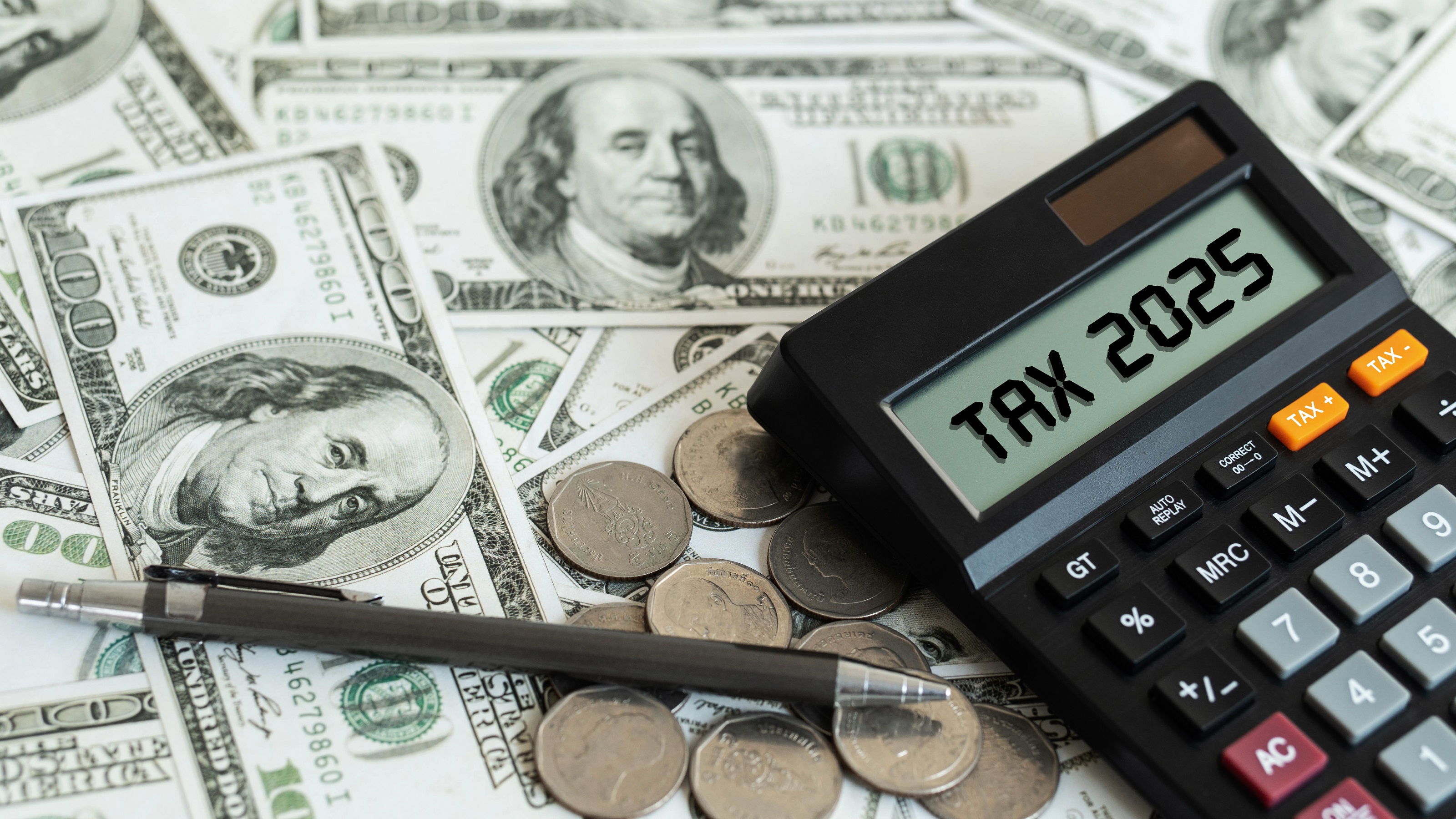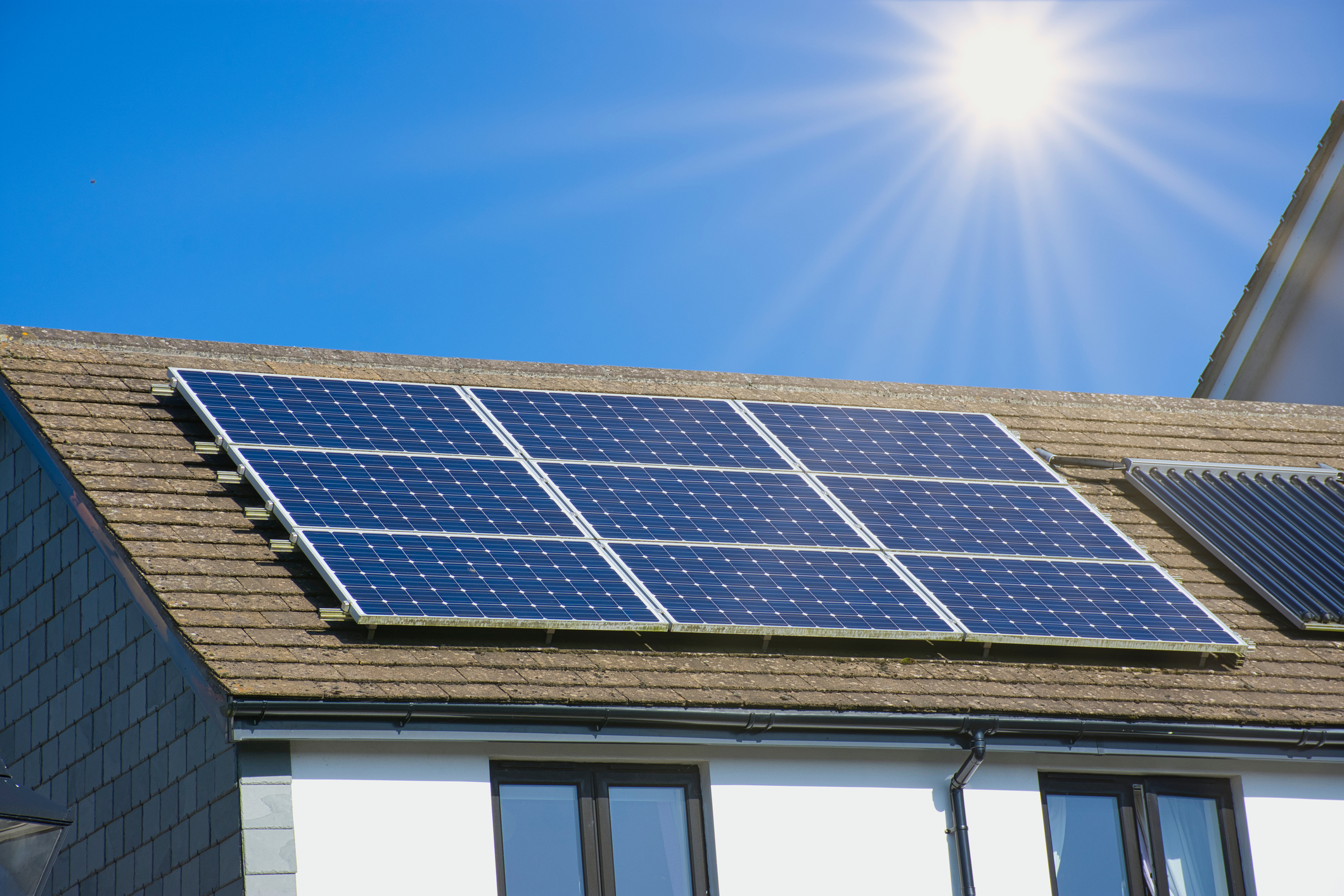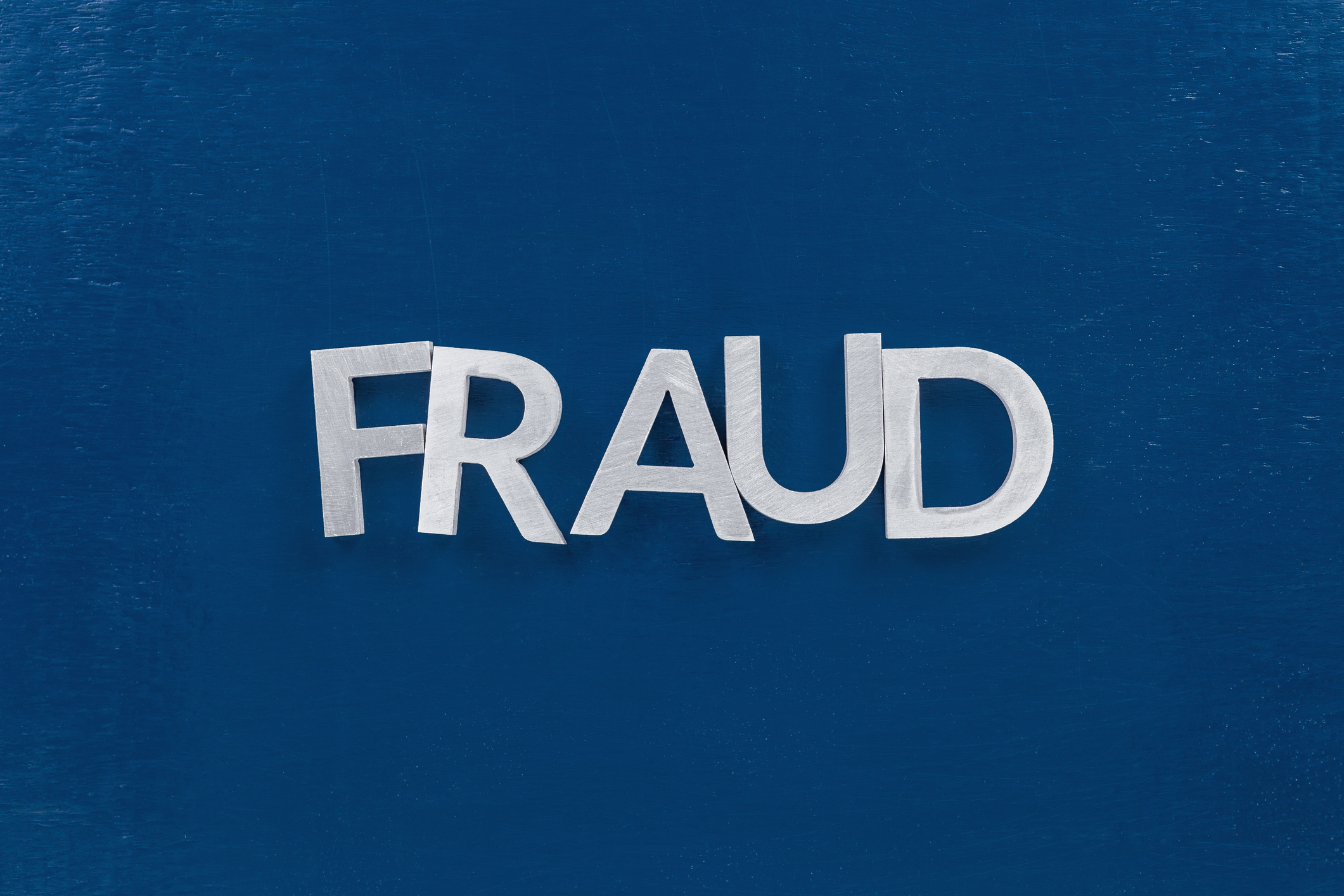401(k) Hardship Withdrawals for Home Repairs
You may be able to take money out of your account to cover the costs of fixing your house after a storm, but be aware of the disadvantages of doing this.

My house was damaged in a big storm, and I need to make major repairs, some of which won’t be covered by homeowners insurance. Most of my savings are in my 401(k). Can I withdraw money from the account to cover the costs?
You generally can’t withdraw money from a 401(k) until you leave your job. But because you need the cash for home repairs caused by storm damage, you may qualify for a hardship withdrawal. The rules for hardship withdrawals vary widely from plan to plan. Some plans don’t allow them at all. Others let you take up to the amount you have contributed if you need the money to satisfy a "heavy and immediate financial need," according to the IRS, for major expenses, such as home repairs resulting from a casualty loss (which includes storms, fires and floods), a home purchase or uninsured medical expenses. Your employer may require documentation of the cost.
There are disadvantages to most hardship withdrawals. Not only are you drawing down retirement savings, but unless the money comes from a Roth 401(k), it will be fully taxed in your top tax bracket and you will owe a 10% early-withdrawal penalty if you are younger than 59½. In most cases, you must stop making new 401(k) contributions for up to six months after taking out the money (that requirement was waived for Hurricane Sandy victims).

Sign up for Kiplinger’s Free E-Newsletters
Profit and prosper with the best of expert advice on investing, taxes, retirement, personal finance and more - straight to your e-mail.
Profit and prosper with the best of expert advice - straight to your e-mail.
Instead, take a 401(k) loan. Generally, you can borrow 50% of your balance, up to $50,000, for any reason without taxes or penalty, and you have five years to repay the loan. The interest goes back into your account. One caveat: If you leave or lose your job, you usually have just 60 to 90 days to repay the loan or it will be taxed and subject to a 10% penalty if you are younger than 55.
For more information about sources of financial help after a natural disaster (both for damages that are covered by insurance and those that are not), see 8 Steps to Help Get Your Hurricane Claim Paid Quickly.
Get Kiplinger Today newsletter — free
Profit and prosper with the best of Kiplinger's advice on investing, taxes, retirement, personal finance and much more. Delivered daily. Enter your email in the box and click Sign Me Up.

As the "Ask Kim" columnist for Kiplinger's Personal Finance, Lankford receives hundreds of personal finance questions from readers every month. She is the author of Rescue Your Financial Life (McGraw-Hill, 2003), The Insurance Maze: How You Can Save Money on Insurance -- and Still Get the Coverage You Need (Kaplan, 2006), Kiplinger's Ask Kim for Money Smart Solutions (Kaplan, 2007) and The Kiplinger/BBB Personal Finance Guide for Military Families. She is frequently featured as a financial expert on television and radio, including NBC's Today Show, CNN, CNBC and National Public Radio.
-
 In Trump’s Economy Should 401(k) Savers 'Set It and Forget It?'
In Trump’s Economy Should 401(k) Savers 'Set It and Forget It?'It’s hard to bury your head in the sand when the markets are volatile. Here’s when it makes sense and when it doesn’t.
By Donna Fuscaldo
-
 Ten Cheapest Places To Live in Florida
Ten Cheapest Places To Live in FloridaProperty Tax Make your Florida vacation spot daily living — these counties have the lowest property tax bills in the state.
By Kate Schubel
-
 U.S. Treasury to Eliminate Paper Checks: What It Means for Tax Refunds, Social Security
U.S. Treasury to Eliminate Paper Checks: What It Means for Tax Refunds, Social SecurityTreasury President Trump signed an executive order forcing the federal government to phase out paper check disbursements by the fall.
By Gabriella Cruz-Martínez
-
 Key 2025 IRS Updates: What You Need to Know
Key 2025 IRS Updates: What You Need to KnowFrom IRA contributions to Social Security COLAs and the standard deduction, several changes are headed our way. Get ready to make the most of them.
By Andrew Rosen, CFP®, CEP
-
 IRS Solar Tax Credit Payouts Soar as Scams Target Homeowners
IRS Solar Tax Credit Payouts Soar as Scams Target HomeownersClean Energy Clean energy tax credits are paying off for many, but experts warn of increasing scams.
By Kelley R. Taylor
-
 IRS Ends Inherited IRA Confusion: Annual RMDs Required for Many
IRS Ends Inherited IRA Confusion: Annual RMDs Required for ManyIRAs The agency has resolved a major point of uncertainty for inherited IRA beneficiaries.
By Kelley R. Taylor
-
 Three Reasons It May Look Like You Love the IRS More Than Your Family
Three Reasons It May Look Like You Love the IRS More Than Your FamilyConsider these strategies to avoid overpaying taxes on your hard-earned money. Your family will thank you for it. (And you’ll thank yourself.)
By Scott Phillips, RIA, LUTCF
-
 Retirees Face Significant Tax Bills Due to Fraud
Retirees Face Significant Tax Bills Due to FraudFraud A new report sheds light on how older adult scam victims end up with big tax bills and lost retirement savings.
By Kelley R. Taylor
-
 Six Tax Breaks That Get Better With Age
Six Tax Breaks That Get Better With AgeTax Breaks Depending on your age, several tax credits, deductions, and amounts change — sometimes for the better.
By Kelley R. Taylor
-
 Roth IRA Contribution Limits for 2025
Roth IRA Contribution Limits for 2025Roth IRAs Roth IRA contribution limits have gone up. Here's what you need to know.
By Jackie Stewart